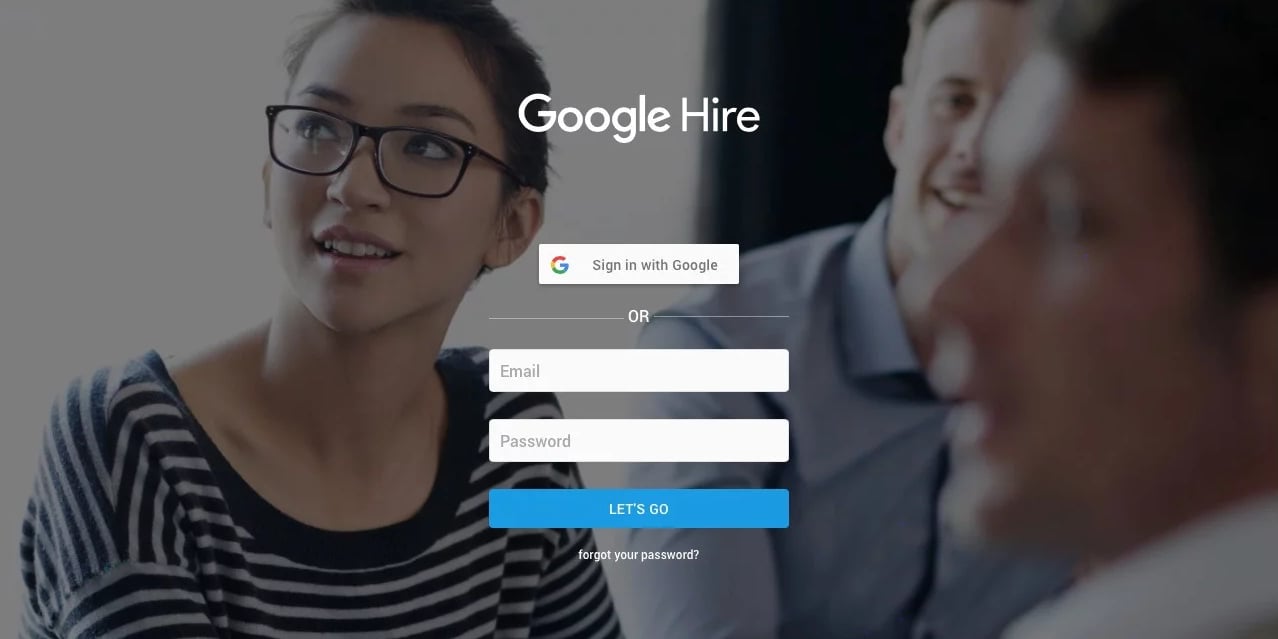Google Hire joins the applicant tracking system fray

You may have seen yesterday that Google is building an ATS. While there are few technology markets that Google hasn’t tried to penetrate, this is interesting for two big reasons:
- More and more tech enterprises are building their own ATS products, rather than subscribing to one of the hundreds that are commercially available.
- Google Hire, the product that was revealed yesterday, already has other companies using it.
We’re in a unique position at Textio. We don’t build an applicant tracking system ourselves, but our platform works extensively with the data that comes from them. We hear a lot from our customers about their ATS—both what they like and what they wish were different.
Naturally, our focus is generally on the data that recruiters store in their ATS, because that’s the feedback loop that lets Textio confidently tell us that gender-neutral job posts fill two weeks faster, or that among common leadership qualities, only talking about authenticity gets more people to apply to your job. When it comes to the ability to easily store and export the data that forms the meat of your recruiting process, not all applicant tracking systems are created equal.
In fact, one of the most common complaints we hear from customers about their ATS is that they have no idea how to look at their all-up performance data — that it’s difficult to export and view using the top-tier data visualization libraries that people analytics teams increasingly expect to use.
Google is not the only company choosing to build their own ATS these days. There are many reasons that so many enterprises are choosing to invest millions of dollars in building their own ATS rather than using someone else’s. One of the main reasons is that they want tighter workflows across the recruiting process, and they want to measure results with clear data that is both consumable and exportable.
The fascinating thing about the Google news is not that they’re building an ATS for their own internal use; many companies are doing this, including several of our customers at Textio. But Google is betting that other companies have the same pain points around ATS workflow and data that they do — and commercializing what they’re building. They’re right about those pain points, so it will be interesting to see how broadly they are able to bring Google Hire to market.